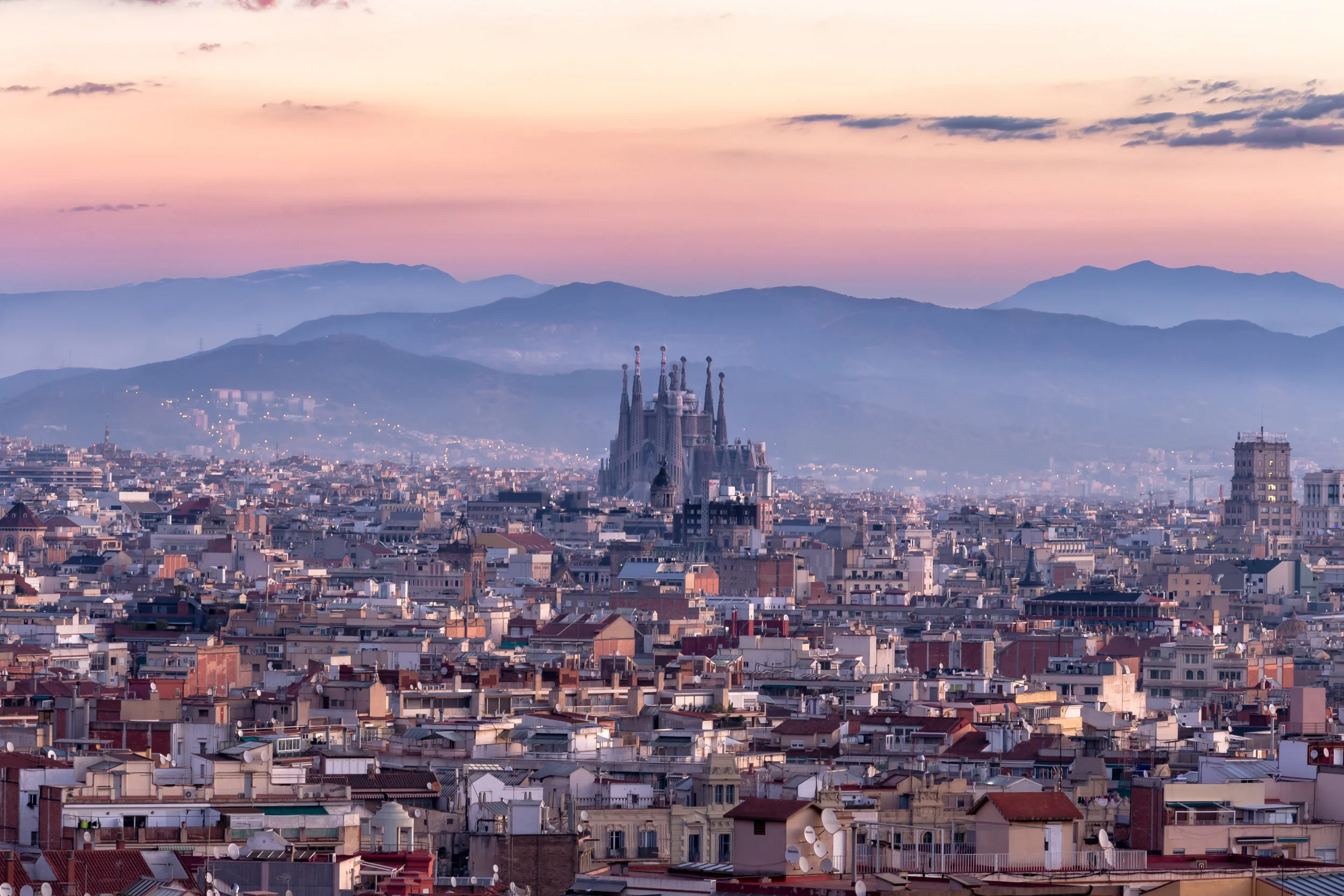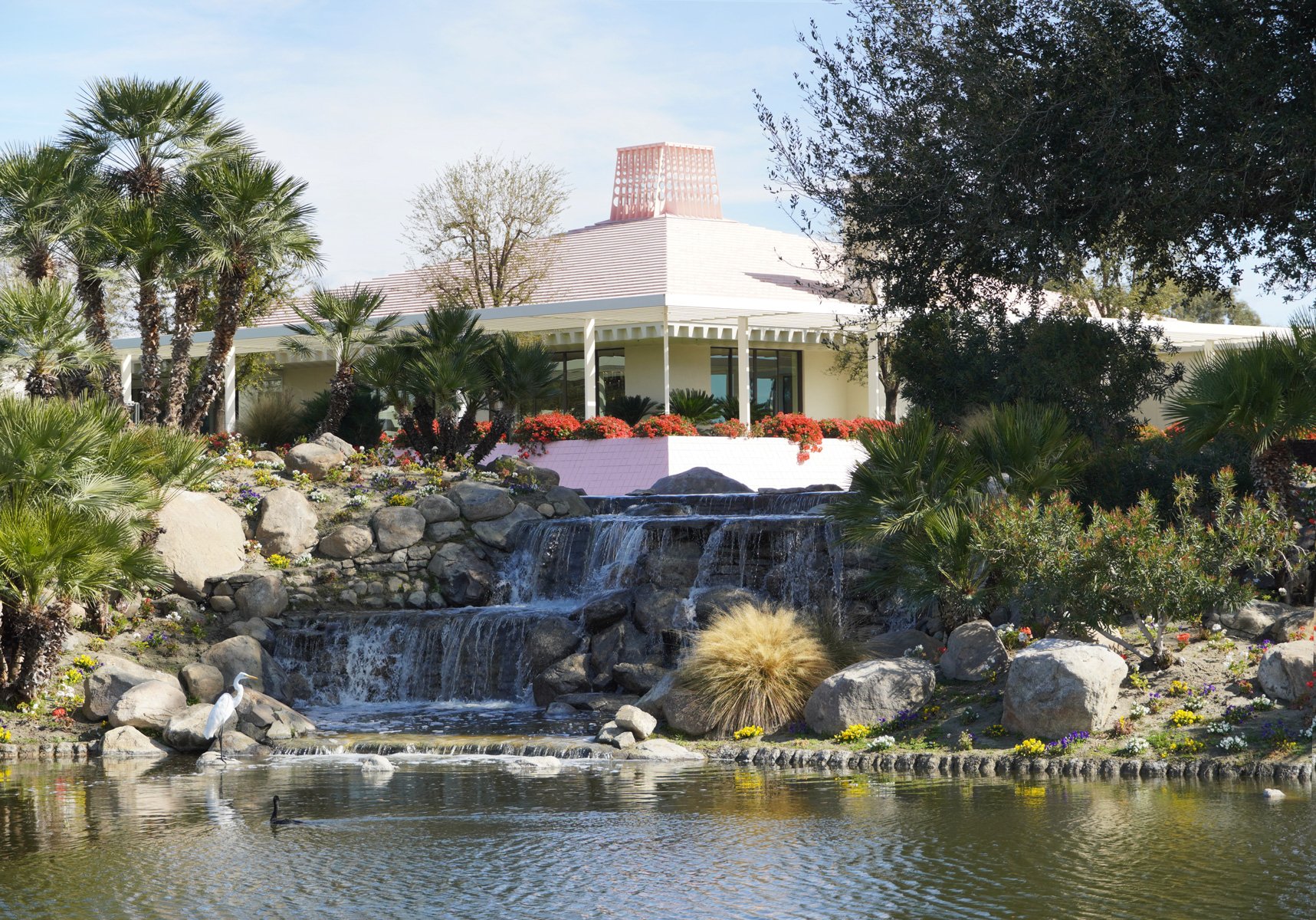Six Things You Should Know About Southern California Architect Rudolph Schindler
Why is Rudolph Schindler an important figure in the history of California’s modern architecture? What are the forces that influenced his architectural aesthetic? Why is his legacy important to the profession today?
Rudolph Schindler was part of an early group of architects that established an identity for modernism in Southern California. Schindler and other architects such as Irving Gill, Frank Lloyd Wright, and Richard Neutra began implementing modern philosophy into their projects in the early 1900s.
Schindler came to California from Vienna after working and studying with Otto Wagner and Adolph Loos. He brought many European modernist philosophies and adapted them to the Southern California climate, culture, and geography.
Although relatively unknown in the mainstream, Schindler made contributions to Southern California architecture that can still be seen today and paved the way for a generation of modern architects to follow. Below are five things you should know about the Southern California architect Rudolph Schindler.
“The sense for the perception of architecture is not the eyes - but living. Our life is it’s image.”
Disciple of Frank Lloyd Wright
Schindler is a direct offspring of the most well-known American architect of the 20th century, Frank Lloyd Wright. The architectural aesthetic Schindler would develop can be largely attributed to the influence of his mentor, employer, and eventual friend. From Wright, Schindler integrated the philosophies of organic architecture, site specificity, humanity, and material tactility into his designs.
Encouraged by his European mentor Adolph Loos, Schindler left Vienna and moved to the United States in 1914. Upon arrival, Schindler gained employment in the Chicago offices of Ottenheimer, Stern, and Reichert. In Chicago, he would be exposed to a new way of building with the advent of the structural steel skeleton. After several years with the firm, Schindler became disenchanted with the work and decided to apply to work with Frank Lloyd Wright.
After several rejections, he was accepted to work with Frank Lloyd Wright, initially without pay. When the office moved to Taliesin in 1918, he was paid $30 a week with $10 deducted for room and board.
While working at Taliesin, Wright was awarded several commissions in Southern California. He sent Schindler to Los Angeles to supervise the construction of the Hollyhock House (Drawing Below) for the oil heiress Elain Barnsdall. Schindler became the intermediary between Wright and Barnsdall, whose relationship was riddled with disagreement and constant tension.
Like so many, Schindler fell in love with Southern California',s climate, culture, and natural beauty. In 1921 he was quoted in a letter to Richard Neutra about a camping trip to Yosemite, stating it was “one of the most marvelous places in America” where one could “sleep on a bed of spruce needles under a free sky and bathe in the ice cold waterfall.”
He would choose to depart from Frank Lloyd Wright and set out on his own, establishing his office in Los Angeles. The relocation of Schindler to Los Angeles would alter the course of architectural history in Southern California.
“His freedom is perfection. It had no tradition to overcome or prejudice to fight. His work grows quietly out of itself. He is the mast of each material, and the modern machine is at the base of his form-giving.”
Design and Construction of Kings Road House
After deciding to stay in California, Schindler and his wife Pauline would begin work on their personal home located on King Road in West Hollywood. At the time, this area of the city was mostly undeveloped, and Kings Road was unpaved. The house was designed for two families to inhabit. The two families shared a central communal space, living space, and kitchen.
The home is made of tilt-up concrete, redwood, glass, and canvas. The floorplan of the house is often described as a pinwheel organization. The outdoor cooking, exterior garden, and patios are meant to blend seamlessly with the home’s interior. In 2012, I had the opportunity to visit the Kings Road house and listen to Schindler’s son tell stories about his father. The home feels warm and airy, filled with natural light from the clerestory windows. The home shows a synthesis of Frank Lloyd Wright, paired back European modernism, Japanese domestic design, and the optimization for the Southern California climate, perfectly balanced into a single work of architecture. The images below of the Kings Road House are courtesy of www.schindlerhouse.org.
Space Architecture
“I consider myself the first and still one of the few architects who consciously abandoned stylistic sculptural architecture in order to develop space as a medium of art.”
At the turn of the century, many architects approached their designs from the outside of a building first. The creation of the exterior would then yield the shapes of the interior spaces as a byproduct of the architectural shell.
Schindler challenged this notion. He argued that creating and sculpting interior space should take priority in the design process because architecture is about people and the human experience first.
This was a relatively new way of thinking about architecture at the time. Although this approach became more common in the profession during the modern period, most notably by architect John Lautner, today it seems that many architects and academics have reverted to the pre-modern approach of exterior first, then interiors as a by-product. By studying Schindler’s work, we can re-awaken this approach to architecture.
Omission from Publications and Professional SETBACKS
In hindsight, it is easy to see Schindler’s profound impact on Modern Architecture. However, while he was practicing, it could be argued that he was underappreciated and seen as an outsider by his peers. For example, in 1932, the Museum of Modern Art held an exhibition introducing the emerging architectural style they tagged as The International Style. Philip Johnson and Henry-Russell Hitchcock put on the show. Johnson and Hitchcock invited all of the big names at the time, including Le Corbusier, Walter Gropius, Mies van der Rohe, J.J.P. Oud, Frank Lloyd Wright, and Richard Neutra. However, they did not extend an invitation to Schindler. This was a great disappointment for the architect.
To his surprise, he was also omitted from participation in John Entenza’s Case Study House Program put on by Arts + Architecture Magazine. Despite these events, Schindler’s perseverance, determination, and passion allowed him to eventually establish himself as an icon of modern architecture. Unfortunately, much of this well-deserved acclaim came after his death.
“[Schindler was] the least understood and the least appreciated of the American pioneers of modern architecture.”
Architect and Contractor
“...almost all of his buildings, except, perhaps, two or three, were executed under his direction by sub-contractors. Thus only a limited number of jobs went through his office - no more than he could supervise personally.”
In Ester McCoy’s writings, she gives first-hand accounts of working in the offices of R.M. Schindler. She worked out of his home studio on Kings Road. One of the most interesting insights was how he operated as Architect and Builder on many jobs. She mentioned that the second half of the day was always reserved for construction site visits. He would drive around in a small truck to each job site with his large dog and toolset. This method of working and the need to exhibit that level of control over his work may have developed from his experience supervising work for Frank Lloyd Wright.
McCoy recalls an incident where she was asked to finish drafting the windows on one of his homes to submit to the building department. When asked about the size and placement of the windows, Schindler responded that it didn’t matter as he would change it in the field anyways. He stated, “ Just draw anything in; I’ll work them out when we start building.”
McCoy states that later in his career, “his drawings became terse and fragmentary, and he designed directly with building materials as much as on paper. He took the hammer from the carpenter’s hand and the trowel from the mason’s.”
Schindler and Richard Neutra
Schindler and Neutra would meet at university and develop a relationship through their mutual appreciation for modern architecture. The two young men also shared a mutual interest in America and the work of Frank Lloyd Wright. They had been exposed to Wright through his publication called the Wasmuth portfolio.
In 1925 Richard and Dione Neutra moved into the Kings Road House with the Schindlers. Neutra and Schindler would have ups and downs in their relationship, from their beginnings as eager university students to migrating to America, living together in the Kings Road house, and developing into seasoned practitioners. There were accusations made about stealing clients and stealing work credit; however, in the end, they were able to reconcile their relationship. Near the end of Schindler’s life, he shared a hospital room with Neutra. The two healed their differences, told stories about their pasts, and discussed their contemporaries in architecture. On August 22, 1953, Schindler passed after his battle with cancer. These two pioneers of modern architecture will go down in history as two of the most influential architects of Southern California modernism.
In Summary
Rudolph Schindler’s most important contribution seems to be the assimilation of design aesthetics and philosophies into a unique and defining language for California’s modern architecture. Schindler synthesized the Wrightian philosophy, strict European modernism, Japanese design, new concrete construction technologies, and the local California culture into a unique architecture that was highly curated, philosophically relevant, thoughtful, and appropriate for the region. The foundation of his ideas was so firmly established with links to some of the most influential architects and thinkers of the day that he became one of the origin points for California Modernism.
We hope you enjoyed our article about Rudolph Schindler. If you notice any errors on inconsistencies in the article, please get in touch with us. Our goal is to provide the most accurate information possible.
References
Hines, Thomas S. Architecture of the Sun: Los Angeles Modernism, 1900-1970. Rizzoli International, 2010.
McCoy, Esther. Five California Architects. Greenwood, 1975
McCoy, Esther. Piecing Together Los Angeles. An Esther McCoy Reader. Writing Home 2012 Susan Morgan
www.schindlerhouse.org




















Principal and Architect of ROST Architects, Mitchell Rocheleau, discusses the significance of The Grand Louvre designed by Architect I.M. Pei, the history of the Louvre, design process, design theory and ideas behind the project.